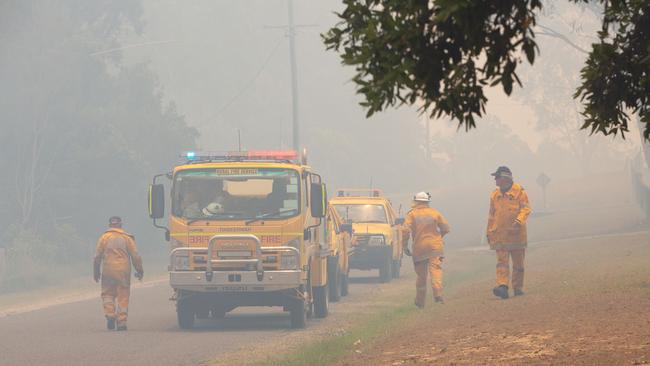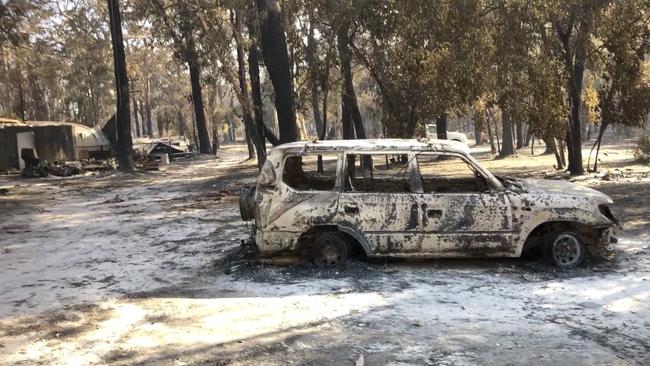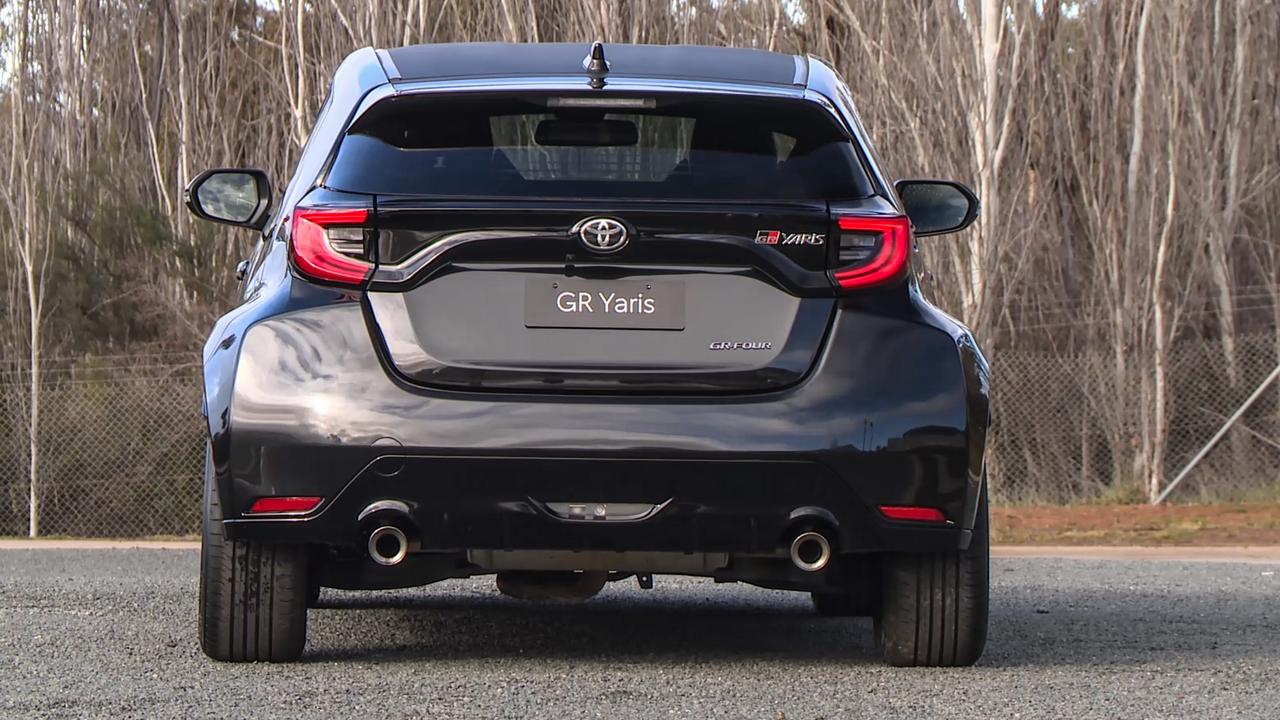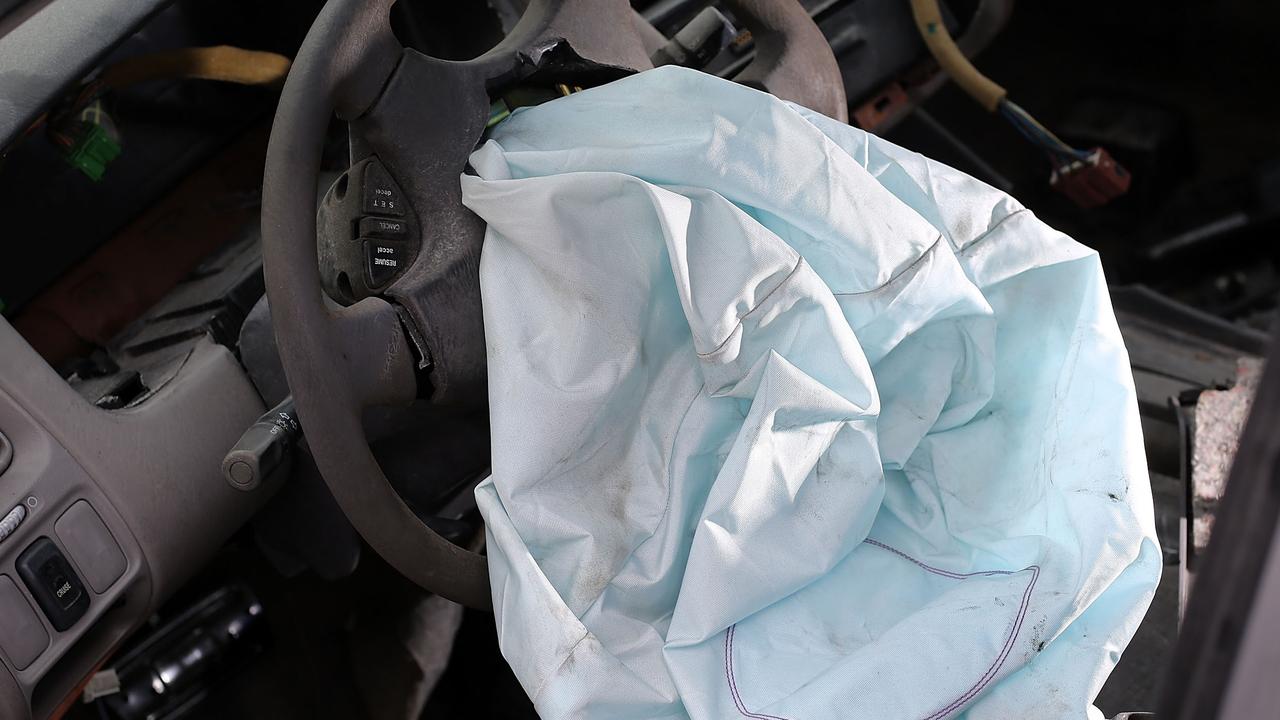What to do if your car is caught in a bushfire
Driving during fires is extremely dangerous, but tips from bush fire authorities could prove the difference in an emergency situation.
Motoring news
Don't miss out on the headlines from Motoring news. Followed categories will be added to My News.
Bush fire advice from Australian emergency services is clear: Driving in bush fire zones is extremely dangerous and best avoided.
Victoria’s Country Fire Authority says drivers should “always plan to leave early” as opposed to evacuating at the last minute, which can result in serious injuries or death.
Emergency services say drivers should avoid unnecessary journeys, be aware of fires in their region and monitor danger and road closures using smartphone apps and local radio.

The NSW RFS says residents should prepare an emergency survival kit and keep it with them when travelling. Essential items include a battery-operated radio with spare batteries, a waterproof torch, first aid kit, woollen blankets and a waterproof bag for valuables.
Other items include mobile phones, chargers and portable power banks, cash and bank cards, important documents, a change of clothes and three litres of drinking water per person per day.

Cars in fire-prone areas should include a woollen blanket and small cloth for each occupant.
Australia’s Bushfire Cooperative Research Centre says “whilst a vehicle can provide adequate shelter in certain conditions and is preferable to being caught outside, there is no guarantee of survival” and people should exercise extreme caution.
Drivers caught out in bush fire zones should park safely by the side of the road do avoid the risk of being hit by other vehicles due to poor visibility.

The CFA says hazard lights should be left on, and that cars should be parked behind a wall or rocky outcrop if possible, and away from flammable material such as grass, leaves or overhanging branches.
It says cars “should ideally face towards the oncoming fire front”, advice echoed by the NSW RFS.
That’s because windscreen glass on the front of the car is stronger and flat side windows offer more surface area to the flame front, where occupants are also placed closer to side glass.
Fuel tanks are usually mounted in the rear of a car, and the Bushfire CRC says fuel vapours are more likely to be pushed away from vehicles parked toward a fire, rather than toward the passenger compartments.

It also says “fears of fuel tanks exploding which prompt vehicle abandonment are not well founded in reality”.
If forced to stay inside a car, windows and doors should be shut, with vents closed off.
Occupants should hide below the window line of the car, wearing sturdy clothes and boots while covered in wool blankets as heat shields. A damp cloth placed over the nose and mouth should reduce the effects of smoke inhalation.
Cars exposed to fire will be extremely hot, so occupants should be careful when exiting vehicles and moving to safety.
Older cars might provide more protection than new vehicles.

The Bushfire CRC says plastics used more widely throughout new vehicles “are likely to ignite more easily than the steel parts used on older model vehicles”. Modern cars also rely more on electrical components for the doors and windows, which could make it harder to leave the vehicle when it is safe to get out.
Originally published as What to do if your car is caught in a bushfire



